
Aha! :: Elliance Blog

There is substantial upheaval in higher education. Colleges and universities are navigating a complex landscape characterized by demographic shifts, technological advancements, economic pressures, evolving student expectations and even outright questioning the value of college education. An institutional marketing plan is crucial for colleges to navigate these complexities. It helps them attract and retain students, enhance […]
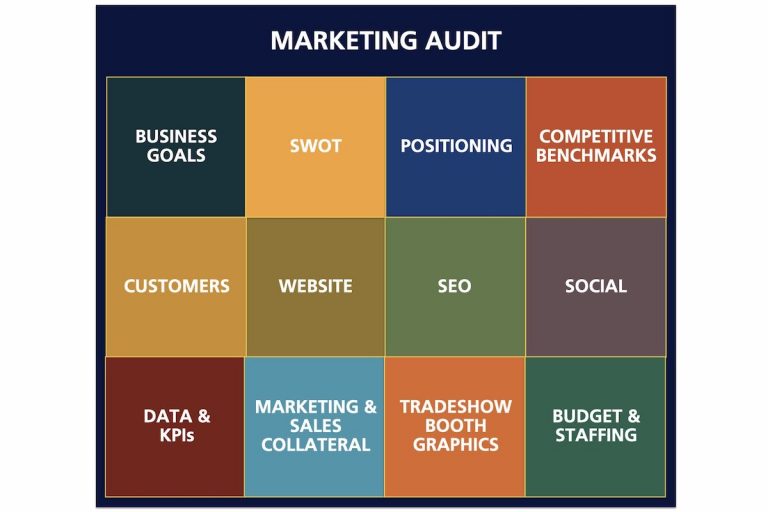
Occasionally, manufacturers set out to achieve new ambitious goals and aspirations, like doubling their business, opening new markets, and becoming a leader in their space. Before they formulate a new strategy to achieve their goals is the perfect time to take stock of their marketing by undertaking a marketing audit. A comprehensive marketing audit takes […]
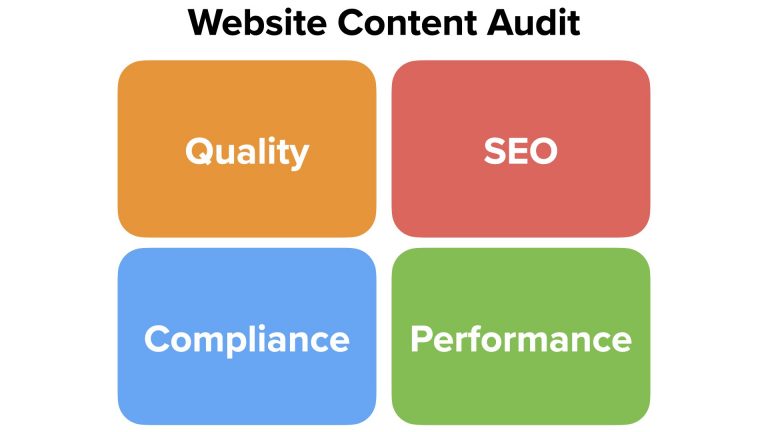
A college brand will rise or fall based on its ability to curate and sustain great content. Other things matter, but nothing matters like content. Great content will galvanize prospects, faculty, staff, alumni, donors and partners to take action. Great content will grow enrollment, endowment and reputation. Great content will liberate prosperity by tapping unrealized […]
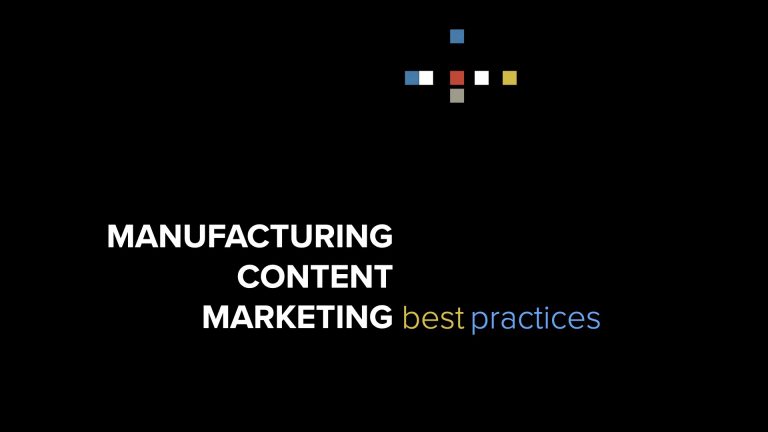
Great content is the lifeblood of successful industrial brands. Most manufacturers are reluctant to produce content, but the few who do don’t fully understand the steps to make content “productive” in service of realizing demand generation and reputation building goals. In an earlier post, we shared a 101 Basics Guide for Manufacturing Content Marketing Strategy […]

While user-facing aspects often dominate discussions about AI’s effects on website development, we discuss the impact of these exciting advancements on being integrated into backend functionalities.
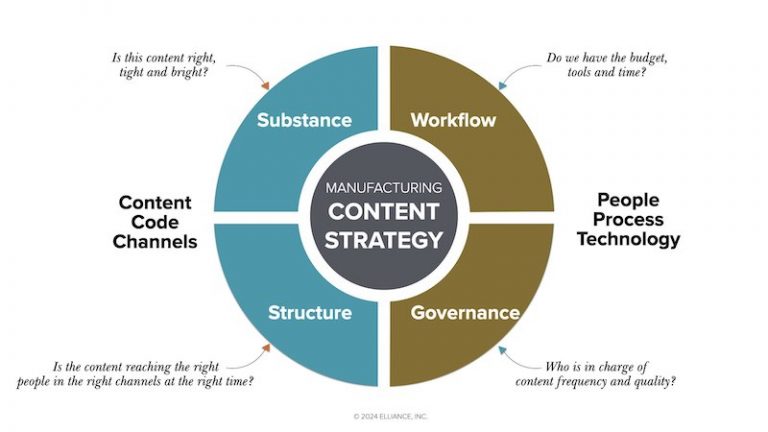
Great content is the lifeblood of successful industrial brands. Most advanced manufacturers are reluctant to produce useful content with a swagger, but the few who do don’t understand the steps to make it “productive” in service of realizing broader strategic demand generation and reputation building goals. A small manufacturing giant recently asked us to share […]

SEO or “search engine optimization” is a set of techniques higher education marketers deploy to improve their institution’s natural or organic website rankings on Google, Bing and other international search engines. 30 years of experience and research have shown us that Google page rankings are more trusted, command the lion share of clicks, generate more […]
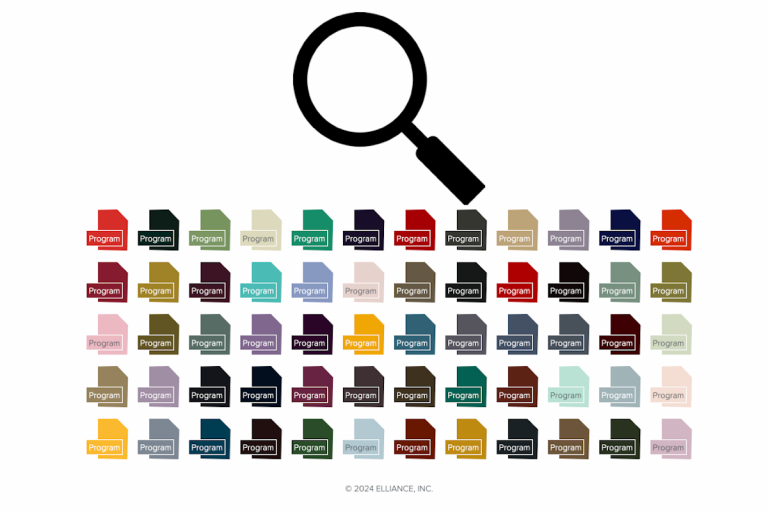
In the era of declining college enrollments, every student matters. Norman Nielsen Group research shows that because of poor website user experience, almost half (48%) of prospective students didn’t realize that the university offered the program that they were looking for even when it did. The primary doorway for finding a program is through academic […]

AI is here to stay. Read more to find out how Google Ads, Meta, LinkedIn and other digital ad platforms have been using AI principles to impact ad creative, campaign creation, management and reporting.

Thirty years. That’s how long Elliance has been making the case for liberal arts education with its noble goal of imparting practical idealism. In that time, we’ve fashioned a host of edgy, bullet-proof arguments that speak of the liberal arts in fresh and exciting ways. Using the language of the day, we’ve confronted the shibboleths […]